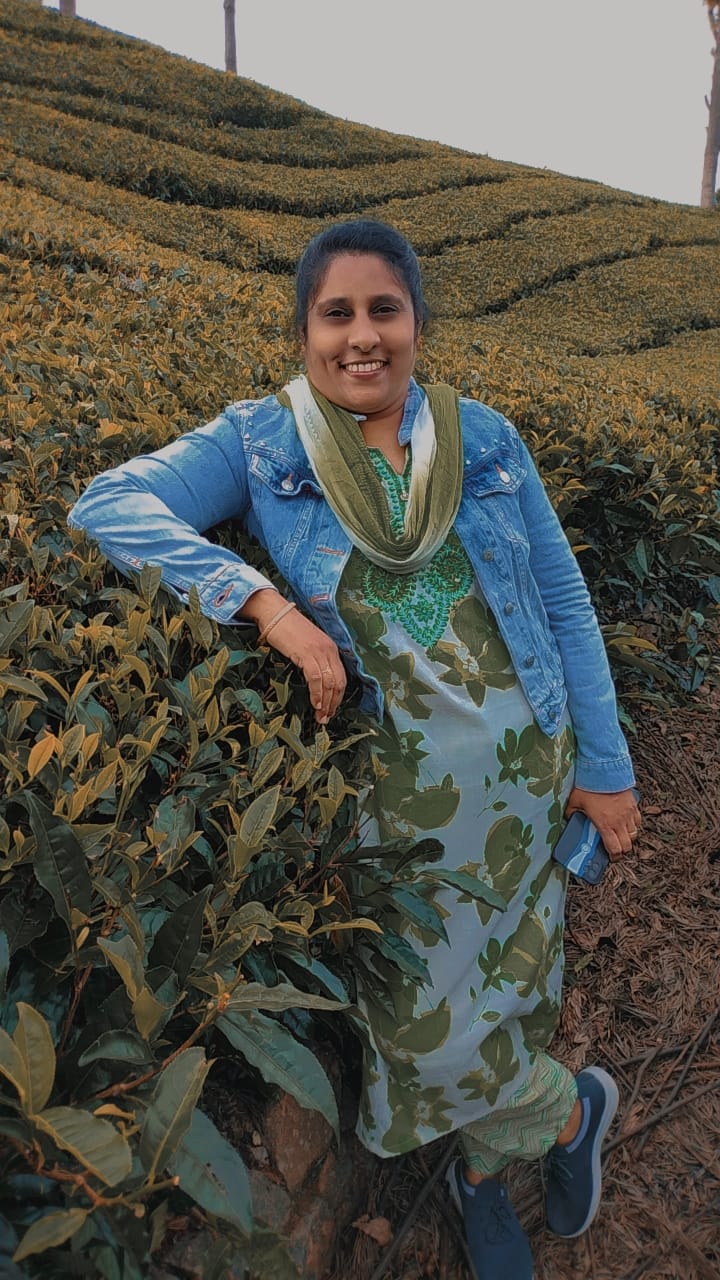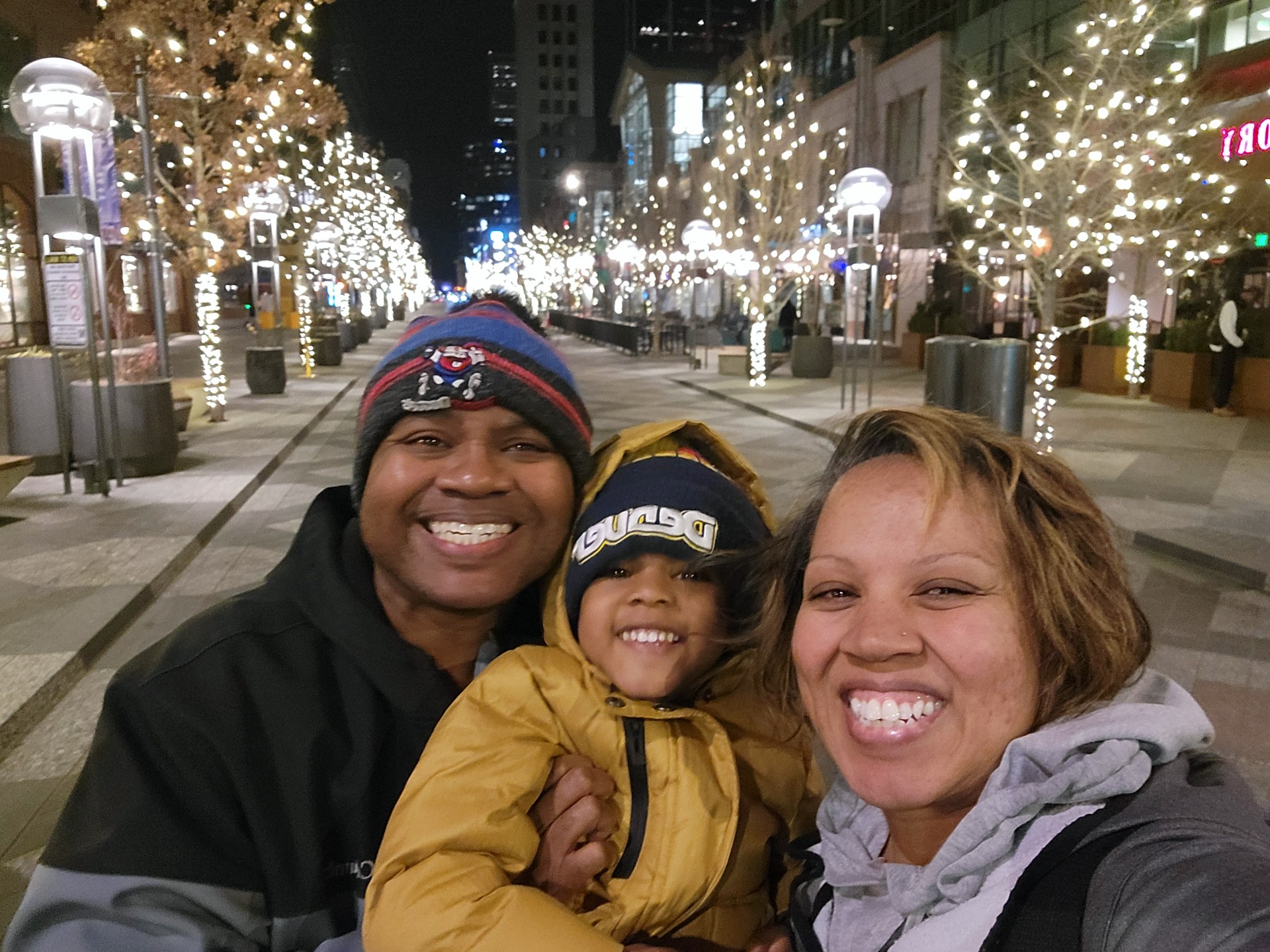“You talk so white.”
I stared back at the girl who’d just said that to me, not surprised by her comment, but also unsure of how to respond. It’s not like I’d never heard that before. Other girls from my class had alluded to the same in some way. When they made their observations about my speech, it wasn’t as much a criticism, as it was a declaration of how I stood out. I was different in that way from many of my second grade friends from the local public school. I was a little black girl in a predominantly black school, but apparently I wasn’t “black enough.”
A year later, I stood in yet another playground — this time at a private school that was predominantly white. I stood by myself as the only black girl in my third grade class and watched as other kids played with their own circle of friends. I was the new girl. I was different, and I didn’t quite fit in.
As nice as some of the new kids were, it was clear they weren’t sure how to relate to me. I got questions about my skin, my hair and — you guessed it — the way I talked.
Apparently, I wasn’t white enough either.
During my elementary and middle school years, the color of my skin seemed to present a stumbling block to the kids who wanted to understand me. The problem was, the essence of who I was and who I am now will never be rooted in the color of my skin.While it’s true that my identity has been formed in part by both my racial and cultural environment, it has also been shaped by family — parents who loved me and raised me well, siblings who liked me and taught me community, and extended family and friends who’ve cared for me. Not only that, but my identity has been learned through life experiences – both those I’ve caused and those I’ve simply felt the effects of. Identity has formed from relationships, experiences and my own internal design — my personality, my patterns of thought and my emotional bent. The way I process the world in which I live, the way I laugh or cry at my experiences and the way I talk — it’s all part of who I am.
But identity is so much more than people, personality or our personal process. We have inherent value because our presence on this earth, whatever color we come in or whatever experiences we have, is an unrepeatable miracle. Our identity is ultimately rooted in the spiritual reality that we were given the gift of life by a God who intended for us to be here. He purposely made us diverse and wonderfully complex. As we live our lives, we can learn to appreciate and honor our intricate design.
A part of what kept me sane as a kid is that I understood — even in a simple way — that my identity was first and foremost rooted in my value as a living, breathing soul apart from who I know, what I do or how I turn a phrase. I understood that I was unique and that I had the opportunity to appreciate my presence in this world.
We live in a world that wants to place people in boxes so that we can understand and be clearly understood. Here’s the problem — boxes limit and oversimplify who we are and how we interact with the world around us. None of us can be totally defined in some formulaic way.
Over the years, I’ve learned to smile when people try to put me in a box. I understand that I am more than color, background, experience, size, shape or circumstance. I have developed the ability to appraise the judgments that others make of me and use them if they are helpful or reject them if they are useless. I have learned to give myself the gift of loving who I am today and who I am becoming. I have grown to understand that my creator is the only one who defines my value and that I honor that value as I appreciate who I am as a distinctly unique person. I have also figured out that if at any point I experience discomfort with who I am, where I am or what I am doing, I have the opportunity to do whatever is required to change and honor the best of who God intended me to be.
I choose to honor the wonderfully unique gift of “me” in this world. And while that might be someone who initially attempts to judge me by what they see, I know that my identity is so much more. My color, my relationships, my experiences and my speech might describe me, but ultimately I can be defined in this way — I am enough.
And the good news? You are too.
 Chrystal Evans Hurst is the author of She’s Still There and the coauthor of the bestselling book, Kingdom Woman, with her father, Dr. Tony Evans. She reaches a wide audience speaking at conferences, sharing on her blog ChrystalEvansHurst.com, writing for Proverbs 31 Ministries and by teaching and leading women in her home church.
Chrystal Evans Hurst is the author of She’s Still There and the coauthor of the bestselling book, Kingdom Woman, with her father, Dr. Tony Evans. She reaches a wide audience speaking at conferences, sharing on her blog ChrystalEvansHurst.com, writing for Proverbs 31 Ministries and by teaching and leading women in her home church.
This article currently appears in the summer 2017 issue of The MOPS Magazine. If you didn’t get a copy and would like your own, you can subscribe to get The MOPS Magazine in your mailbox every season. If you subscribe, forward your receipt to magazines@mops.org and we’ll shoot a copy of the current issue in the mail to you for free … just because we like you. 




